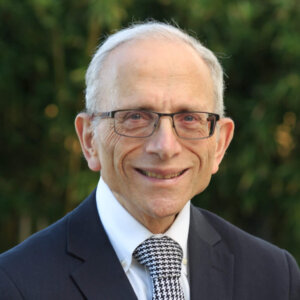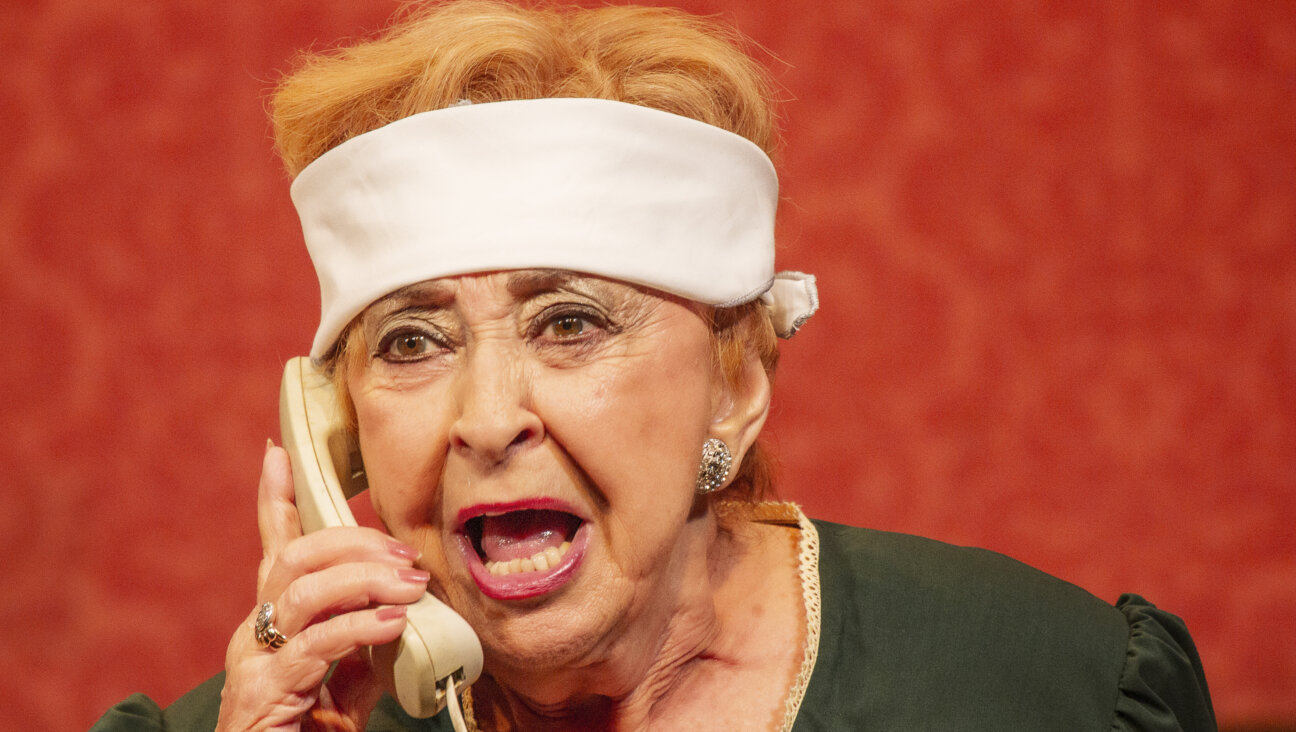When Shuls Were Banned in America
When New York Mayor Michael Bloomberg stood on Governors Island, in sight of the Statue of Liberty, and forcefully defended the right of Muslims to build a community center and mosque two blocks from Ground Zero, he expressly made a point of distancing himself from an earlier leader of the city: Peter Stuyvesant, who understood the relationship between religion and state altogether differently than Bloomberg does.
As governor of what was then called New Amsterdam, from 1647-1664, Stuyvesant worked to enforce Calvinist orthodoxy. He objected to public worship for Lutherans, fought Catholicism and threatened those who harbored Quakers with fines and imprisonment. One might easily imagine how he would have treated Muslims.
When Jewish refugees arrived in his city, in 1654, Stuyvesant was determined to bar them completely. Jews, he complained, were “deceitful,” “very repugnant” and “hateful enemies and blasphemers of the name of Christ.” He wanted them sent elsewhere.
Stuyvesant’s superiors in Holland overruled him, citing economic and political considerations. He continued, however, to restrict Jews to the practice of their religion “in all quietness” and “within their houses.” Being as suspicious of all Jews as some today are of all Muslims, he never allowed them to build a synagogue of their own.
In 1685, with the British in control of the city, 20 Jewish families petitioned to change Stuyvesant’s precedent so that they might establish a synagogue and worship in public. They were curtly refused. “Publique worship,” New York City’s Common Council informed them, “is Tolerated… but to those that professe faith in Christ.”
Eventually, around the turn of the 18th century, Jews in New York won the right to worship in public, and Congregation Shearith Israel opened America’s first synagogue. Subsequently, in Rhode Island, what is today known as the Touro Synagogue, the oldest synagogue building still extant in North America, was dedicated in Newport in 1763.
Elsewhere Jews were not so fortunate.
In Connecticut, for example, statutes limited the right of religious incorporation to Christians long after the Bill of Rights mandated religious liberty for all on the federal level. It took a special act of the state legislature, in 1843, to ensure that “Jews who may desire to unite and form religious societies shall have the same rights, powers and privileges as are given to Christians of every denomination.” Thanks to this act, Congregation Mishkan Israel opened in New Haven that year; it was only the second synagogue in all of New England.
The New Haven Register viewed the synagogue as a public defeat for Christendom. “The Jews…,” the paper thundered, “have outflanked us here, and effected a footing in the very centre of our own fortress. Strange as it may sound, it is nevertheless true that a Jewish synagogue has been established in this city — and their place of worship (in Grand Street, over the store of Heller and Mandelbaum) was dedicated on Friday afternoon. Yale College divinity deserves a Court-martial for bad generalship.”
Jews continued to “outflank” Christians, owing to immigration, and by 1856 there were enough of them in the nation’s capital to consider opening a synagogue close to the very heart of the federal government. Questions arose, however, as to whether this was legal under the District of Columbia’s Religious Corporation Act. Some contended that only Christian churches could acquire real estate in Washington for public worship, not Jews. In the end, it took an act of Congress to resolve the question. Signed by President Franklin Pierce on June 2, 1856, it established the principle “that all the rights, privileges and immunities heretofore granted by law to the Christian churches in the City of Washington be… extended to the Hebrew Congregation of said City.”
Long afterwards, however, and even down to our own times, synagogues have frequently faced fierce opposition when they attempt to build in locations that some would prefer to see devoid of Jewish religious institutions. In the 1950s, new suburban synagogues commonly had to face down angry neighbors and change-averse zoning boards when they applied for building permits. As recently as 1999, opponents of a new Orthodox synagogue seeking to build in New Rochelle, N.Y., warned residents that the planned structure would bring with it “rats,” “traffic” and “creeping commercialization.” The real fear, one opponent confessed to the Forward, was that “the identity of the neighborhood would change.”
Mayor Bloomberg likely had some of this history in mind when he asked “should government attempt to deny private citizens the right to build a house of worship on private property based on their particular religion?” In distancing himself from Peter Stuyvesant and the many others who have defined American religious liberty in narrowly restrictive terms, he reminds us that if today’s target is the mosque, yesterday’s was most assuredly the synagogue.
Jonathan D. Sarna is the Joseph H. & Belle R. Braun Professor of American Jewish History at Brandeis University and chief historian of the National Museum of American Jewish History.

















